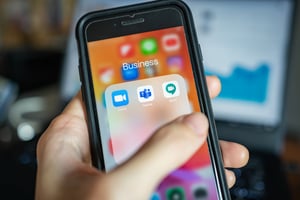 New data from Check Point Research highlights the latest details on which brands are impersonated, giving insight into where the bad guys are most successful.
New data from Check Point Research highlights the latest details on which brands are impersonated, giving insight into where the bad guys are most successful.
Phishing scammers always need to establish credibility to make certain their social engineering tactics work. One of the ways we’ve continually seen phishing attacks establish their legitimacy is through brand impersonation. According to the latest data from Check Point Research’s Brand Phishing Report – Q4 2020, Microsoft was impersonated in 43% of all brand phishing attempts globally. This is a huge jump for Microsoft, as they only represented 3% of such attacks back in Q1 of 2020, according to Check Point Research.The jump is likely due to the massive shift to the cloud, with organizations jumping to Office 365 due to the pandemic.
Brand impersonation is one of the most impactful ways a scammer can trick victims into providing their online credentials. If it reads, sounds, and looks like Microsoft (or any other brand), the potential victim often just decides it is without scrutinizing any specifics that would indicate otherwise.
Among the rest of the top 10 impersonated brands (in order) are DHL, LinkedIn, Amazon, Rakuten, Ikea, Google, Paypal, Chase, and Yahoo.
While the impersonated brands look like they impact individuals and not corporate users, keep in mind that a phishing email doesn’t need to necessarily impersonate Microsoft to imply that the user will need to authenticate to their Office 365 account to “see” the important shipping message or the banking update, etc.
Organizations need to educate their users on the dangers of brand impersonation through Security Awareness Training, where simple checks like reviewing the sending email address to ensure it matches the brand perfectly can easily help fend off corporate phishing attacks.
 Here's how it works:
Here's how it works:




